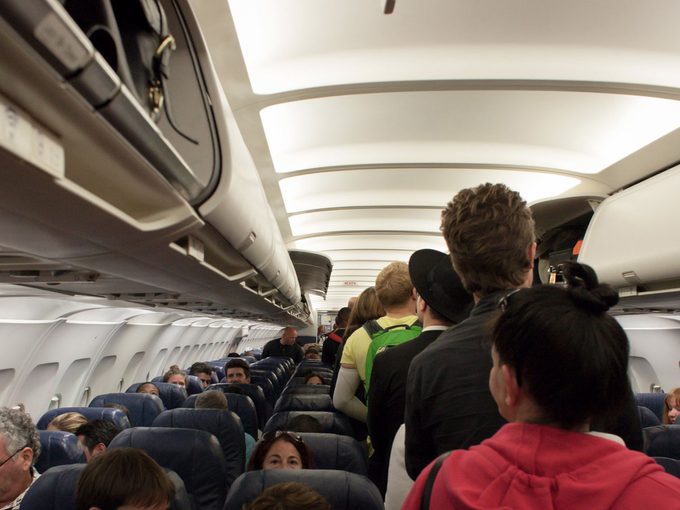More Than Just Jet Lag: FlightHub’s Guide To Flight Sicknesses and Ailments

While flight itself has grown to become one of the safest modes of transport, it isn’t without risks. I’m not talking about mechanical issues, I’m talking about flight sicknesses. While almost anyone who has taken a long flight probably knows about jet lag, there are other more serious complications that can occur while 30,000 feet in the air. FlightHub, a leading North American online travel agency, researches these conditions to better inform travellers as they go from point A to point B. Using the latest FlightHub review on the subject, I was able to craft a list of some of the most interesting medical issues that can strike while travelling by air.
Colds, Flus, and other Common Illnesses
Maybe you are thinking, ‘of course, you are in a public space, you can easily catch a bug.’ You’re right, but what you might not know is just how much easier it is to catch illnesses while onboard a plane. Due to the airflows within a plane, sneezing can propel bacteria up to 50 metres inside a plane cabin. With that in mind, it comes as no surprise that you are 100 times more likely to get sick while travelling by plane. While this generally results in minor complications, this is problematic for small children and the elderly, and also makes containing more serious infectious diseases difficult.
DVT: Deep Vein Thrombosis
A condition that could be fatal, FlightHub gets a lot of questions about DVT. But what is it? Deep Vein Thrombosis is the development of potentially fatal blood clots that can lead to death. These clots are caused by periods of inactivity in conjunction with dehydration and low cabin pressure. The best way to avoid this issue is to get up and walk around periodically while flying, flex your leg muscles, and drink plenty of water.
Hearing Problems
Taking a long flight? You could be at risk of suffering hearing damage. Depending on where you are sitting in proximity to the engines, it could take just four hours to cause permanent damage. Noise on an airplane generally ranges from 95 to 105 decibels, well beyond the 84 to 88 decibel limit the National Institute For Occupational Safety And Health recommends under harsh working conditions. Even worse, takeoff sound can peak at 115 decibels.
In addition to these conditions, FlightHub also says people should be prepared to experience a loss in taste, constipation, bad breath, jet lag, and surprisingly cosmic radiation.




